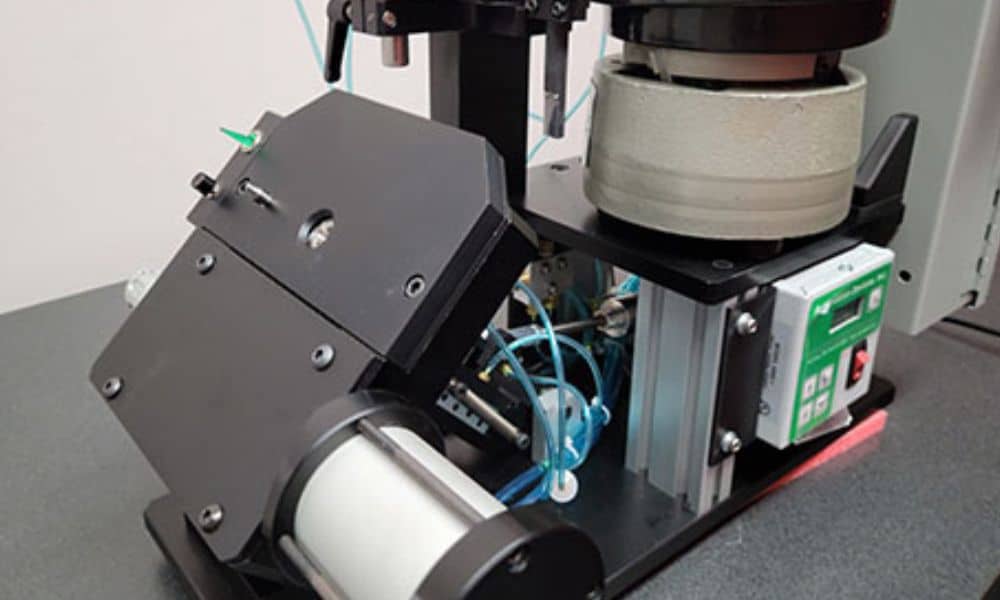Common Mistakes People Make With Their Crimping Machines

A properly calibrated crimping machine is the linchpin for secure and reliable electrical connections, especially in the automotive, aerospace, and electronics sectors. But the path to these perfect connections is not without its pitfalls. Below, we explain the most common mistakes people make with their crimping machines that electrical engineers must be on the lookout for.
Mistake #1: Incorrect Die Sets
One of the early points of failure in the crimping process can be traced back to a tool called the die set. It’s easy to assume that any die set will work for your crimping project, but there are critical nuances to consider. Every electrical project is as unique as a fingerprint, and using the wrong die set can lead to crimps that are either too loose or too tight, scenarios that can spell trouble for the long-term integrity of the connection.
Die sets must match specific wire gauges and terminal connectors, which is why fine-tuning this element should be given sufficient attention and focus. Imagine an orchestra in which the violin’s strings are too slack or too taut; similarly, the wrong die set can lead to a dissonant performance in your electrical system.
Mistake #2: Inadequate Maintenance
Wire crimping machines are workhorses, but even the most robust machinery needs a tune-up. Too often, crimpers neglect regular maintenance, but such upkeep is crucial to ensuring the crimping machine operates at peak performance. A poor maintenance regimen can lead to misalignments, uneven wear on crimping dies, and inconsistent crimps.
To avoid these pitfalls, develop a comprehensive maintenance schedule. Regularly inspect the die sets for wear and tear, keep the machine clean and free of debris, and calibrate the machinery according to the manufacturer’s specifications.
Mistake #3: Improper Wire and Terminal Preparation
The crimp, often considered the soul of a sturdy connection, is not a solo performer. Neglecting proper wire and terminal preparation can lead to poorly formed crimps, resistance, and eventual failure. Wires should be stripped to the precise length, without any nicks or scratches, while terminals should be clean and free from corrosion.
This preparatory phase isn’t about excessive meticulousness; it’s about laying the foundation for a sturdy and reliable connection. When executed correctly, it elevates the job; when neglected, it risks tainting the crimp.
Mistake #4: Incorrect Crimping Force
The last common mistake people make with their crimping machines is using too much or too little crimping force. Too much force can deform the terminal or wire, leading to reduced contact area and subsequent heating. Too little force results in poor contact, resistance, and the potential for arcing—a fire hazard in high-energy applications.
Understanding and calibrating the crimping force is not just a means to prevent visible damage; it marks the difference between a connection that merely functions and one that excels under pressure.
Invest in High-Quality Crimping Machines With Tri-Star Technologies
Also essential to high-quality crimping is having the right machines and tools for the job. Tri-Star Technologies proudly offers an inventory of superior crimping machines and hand-crimping tools. With the right tools in hand and by your side, you can avoid many of these typical mistakes that trip up crimpers and ensure quality work each time.


